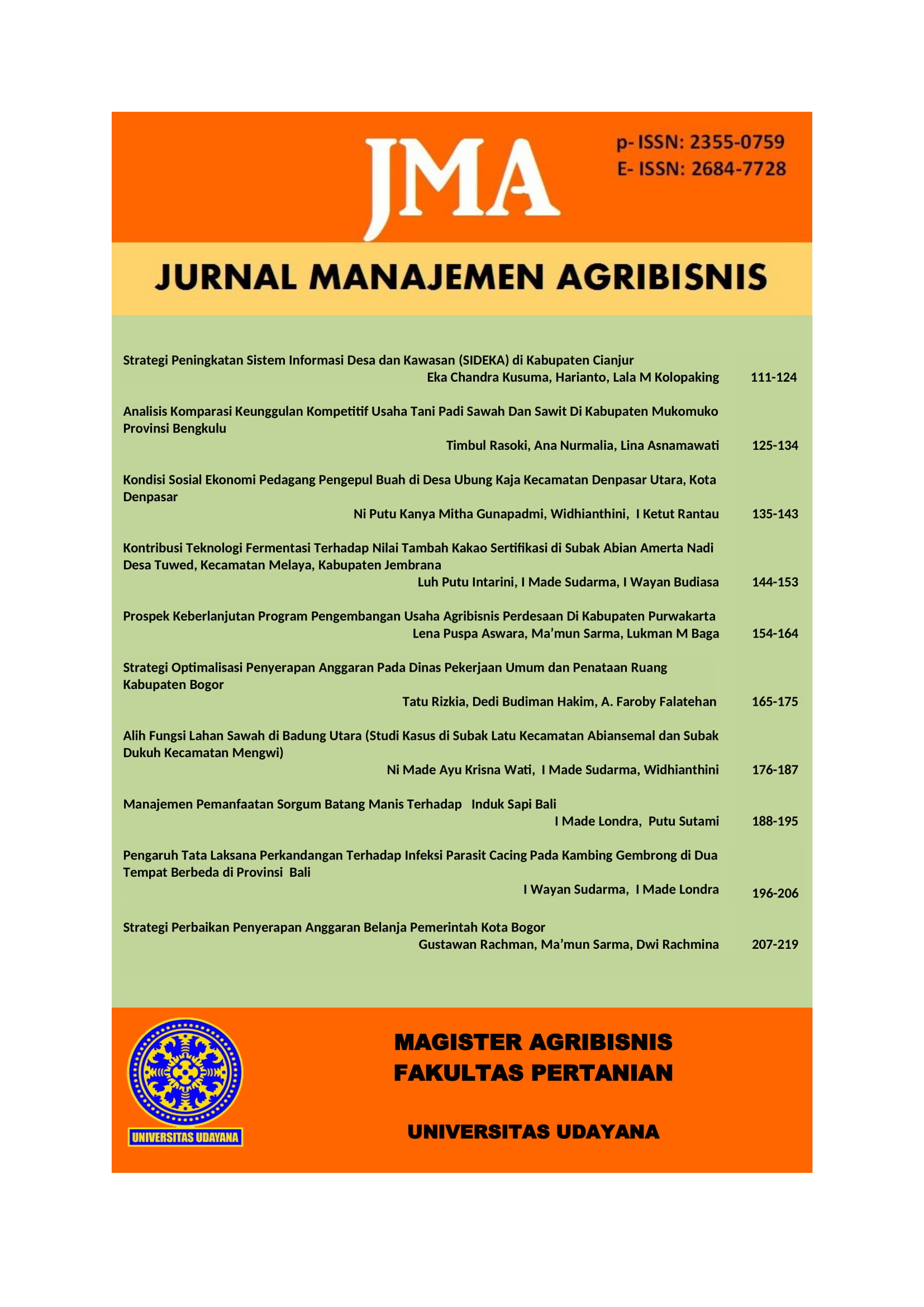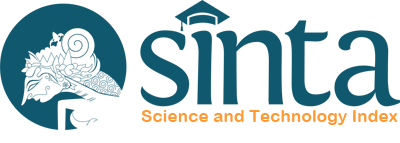Comparative Analysis of Competitive Advantages of Rice Paddy and Oil Palm Farming in Mukomuko Regency, Bengkulu Province
Abstrak
ABSTRACT
The conversion of lowland rice land to oil palm plantations has become a long debate because it is not in accordance with the vision and mission of Mukomuko Regency regarding food self-sufficiency, but in recent years there has been a change in the function of oil palm plantations to lowland rice. This is interesting to study because this phenomenon is considered unique when in other areas people flock to change the function of food land to oil palm plantations, on the other hand in Mukomuko District the community has shifted land functions from oil palm plantations to rice fields, even though so far the oil palm farming business . The location selection was carried out purposively and the determination of the respondents was carried out by the solvin method, which obtained 181 respondents. Collecting data using a survey method by distributing questionnaires to respondents. For data analysis using the private profit method and the private cost ratio. The results of the study explain private profitability and financial efficiency (private cost ratio). Where the private profitability of lowland rice (Private Profitability) is Rp. 38,173,833, - / Ut / Ha / Year - while for oil palm farming, the private profit is Rp. 28,308,303, - / Ut / Ha / Year. This means that when viewed from a private profit side, lowland rice is more competitive. However, if it is seen from the financial efficiency (Private Cost Ratio) of lowland rice farming, it is 0.31, while for oil palm farming it is 0.24 which means that the PCR values ??of lowland rice and oil palm farming are less than 1, so both of them have a level of competitive advantage and have competitiveness, when compared, the value of oil palm PCR <PCR for Paddy Paddy (024 <0.31) which means that in financial efficiency, oil palm farming is more efficient.













